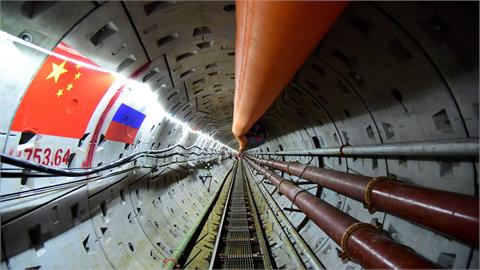The number of electric vehicles (EVs) is projected to increase from around 8 million in 2019 to over 1.1 billion by 2050, according to data from International Renewable Energy Agency's (IRENA) recent report on Wednesday.
IRENA's Global Renewables Outlook: Energy transformation 2050 report, the Transforming Energy Scenario, describes an ambitious, optimistic, yet realistic, energy transformation pathway, based largely on renewable energy sources.
This scenario would set the energy system on the path needed to keep the rise in global temperatures to well below 2 degrees Celsius and towards 1.5 degrees Celsius during this century.
IRENA considers renewable-based EV's an increasingly popular and competitive option for clean transport by reducing local and global pollutant emissions.
The agency estimates "the shift to these highly efficient electrification technologies will also bring increases in energy efficiency."
Despite falling renewable energy subsidies and slowing global GDP growth, IRENA says that renewable power generation technologies are setting records for low costs and new capacity.
"In the Transforming Energy Scenario, electricity would become the central energy carrier by 2050, growing from a 20% share of final consumption to an almost 50% share; as a result, gross electricity consumption would more than double," according to IRENA.
The report also details that the rapid cost reductions of solar PV and wind including offshore are accelerating the transition to clean energy, supported by technologies such as batteries as well as EVs, which are experiencing rapid cost reductions.
-Storage technologies
According to the report, on a technology level, both short-term and long-term storage will be important for adding flexibility, with expansion needed for stationary storage, excluding EVs, from around 30 gigawatt-hours (GWh) today to over 9,000 GWh by 2050.
"When storage available to the grid from the EV fleet is included, this value will increase by over 14,000 GWh to 23,000 GWh.
However, most flexibility will still be achieved through other measures, including grid expansion and operational measures, demand-side flexibility and sector coupling," IRENA said.
(Anadolu Agency, May 10, 2020)



